Moto G7 Power hands-on: is it battery life you want?
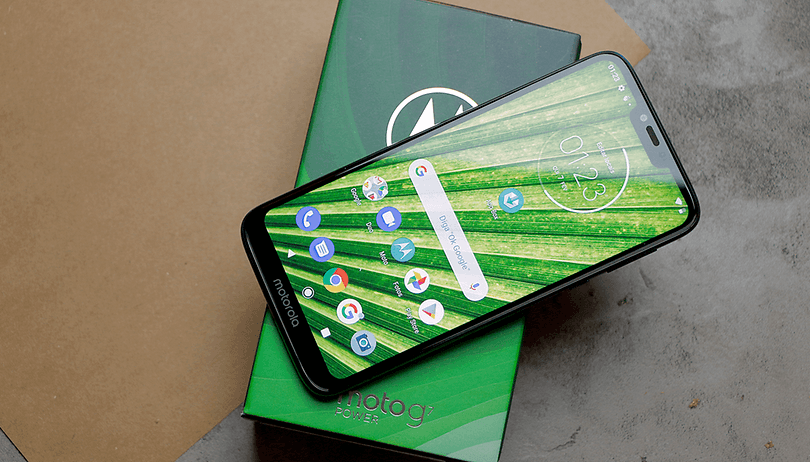

Every year, hundreds of users await the renewal of the Moto G line, originally launched in 2013, which has now reached its seventh generation. The Moto G7 Power is the novelty of the year from Motorola, besides being the second variant of this line after the most basic model, the Moto G7's big selling point is its incredibly large battery with fast charging.
Price and release date
The launch event of the new Moto G7 took place in São Paulo, on February 7th. The devices come to market in indigo blue and ruby red versions and are available in both physical and online retail, including the Motorola store. The prices of all of the G7 models are as follows:
- Moto G7 Play: €150/$170/£130
- Moto G7: €250/$290/£220
- Moto G7 Power: €210/$240/£185
- Moto G7 Plus: €300/$340/£260
G7 Plus Moto Hands-on
The Moto G7 Plus is another Motorola launched for this year. We tested the device beforehand and shared our first impressions with you in the article below. So, if you haven't checked out our G7 Plus hands-on yet, you can read it about at the link below:
Design
In terms of design, the finish of Moto G7 Power resembles the Moto G6 mixed with the Moto E line, with a few differences. You can see, for example, that the lower front bezel is smaller, while the screen has a rectangular notch at the top, reducing the bezel.
The frontal is not totally symmetrical, meaning that the notch does not cause the edges to have the same optimization and the same size, since in the inferior part there is space for Motorola to put its printed logo. The good news here is that the result of this look is similar to that of the Motorola One, although the G7 Power is more ergonomic and not so straight-lined.
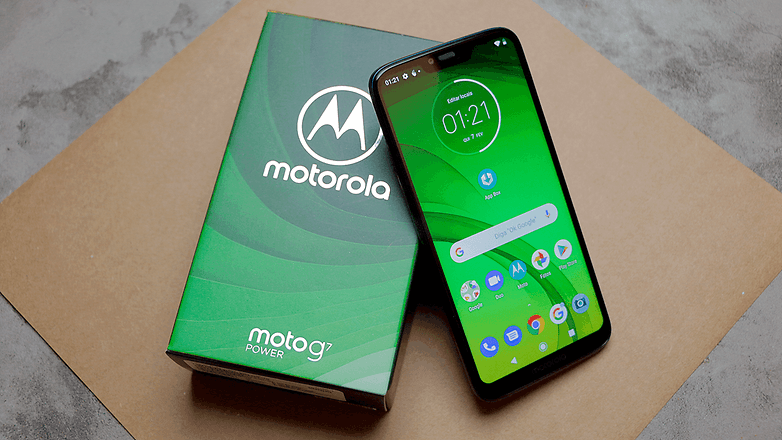
The Power is what you might call chubby. It is the thickest of the G7 line, and instead of straight finishing edges, it is all rounded and is the largest of all overall, to accommodate the largest screen and the largest battery. The curved lines around the frame help with handling, which is extremely comfortable.
Despite the large display, the Moto G7 Power is a relatively compact device. Compared to Moto G7, for example, the Power is slightly heavier due to its larger battery, at 193 grams. But that doesn't cause any inconvenience, the device fits well in the hand.

At the rear, we have a glass polymer finish, a kind of mixture of polycarbonate and fiberglass. Here, Motorola has retained the look that came with the old Moto G5 series, which unites the camera sensor and the LED flash in a circular frame. Here, they are in a vertical formation, which is different from others in the G line and closer to E line.
Another Motorola One heritage is the biometric sensor integrated into the company logo below the rear camera. The glass polymer makes the device look like it has a glass finish because it is glossy and also has a velvety visual effect. In other words, Motorola worsened the finish compared to G7 and G7 Plus, but didn't make the device look cheap.
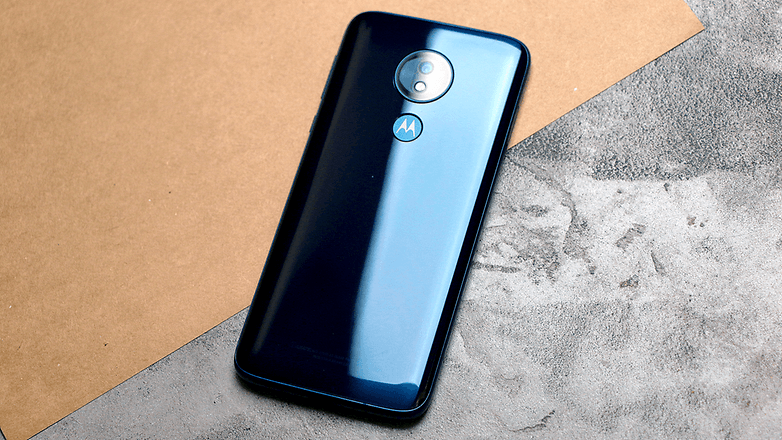
Display
The display of Moto G7 Power is large at 6.2 inches, and that's a very positive thing. The notch tries to promote some kind of optimization, as I mentioned above, although this is not very efficient. However, the large screen makes it seem more discreet than it is on the Play model. The user will, however, have plenty of space to play media and navigate the OS. The display has an HD+ resolution (1520 x 720 pixels) and 271 pixels per inch.
In terms of screen quality, the panel is the same as the other Motorola models in terms of sharpness, contrast, color and brightness. It is not as clear or bright as the Moto G7 Plus panel, but it is a respectable screen. Powering the large LCD display is not a problem for the Moto G7 Power thanks to the giant battery. It's the Motorola for those who want to consume media.
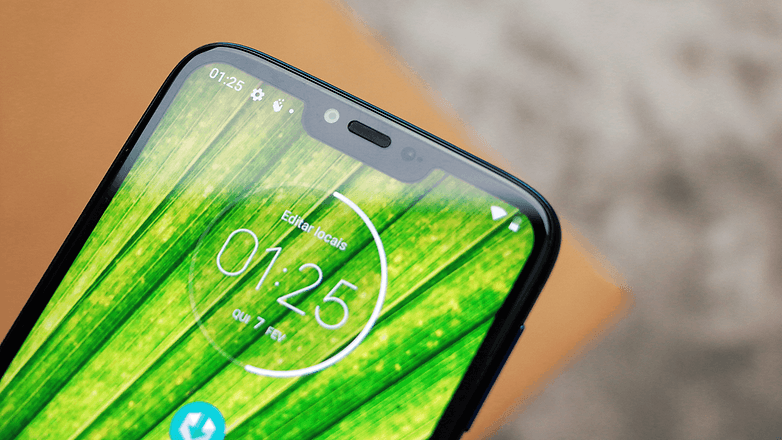
Software
Android Pie is the operating system on Moto G7 Power, and follows Motorola's strategy of being almost stock. Gesture navigation is present, as well as the new shortcut center, an automatic dark theme and other native features of this version.
Some Motorola experiences that activate commands through gestures and movements are still present within the Moto application, but Moto Voice is not included. The Moto functions are in a redesigned app, with facial unlock, media control by volume buttons, screenshot editor, screenshot capture with fingertips, one-touch navigation, flashlight, an instant camera, one-handed mode, grab to mute, and Do Not Disturb mode.

The phone is expected to be updated to Android Q, although there is no date set for this. The Moto G7 Power is the only one with the Digital TV (DTV) function, something that can be interesting for those who like to watch open channel programming anywhere. Google Lens is also another feature that is fully integrated into the system.
Performance
The Moto G7 Power is packed with the Snapdragon 632 processor, with 3 GB of RAM (1 GB more than the Moto G7). The processor has eight 1.8 GHz cores and the phone comes with 32 GB of storage. This chipset is relatively new and is known for delivering good performance coupled with battery saving.
The device hardware, however, will effectively serve users who access social networks, edit photos, consume streaming media, and play games with medium graphics requirements. Let's see how it does in our final review. It is not suitable for heavy games, but it will be a great video player.
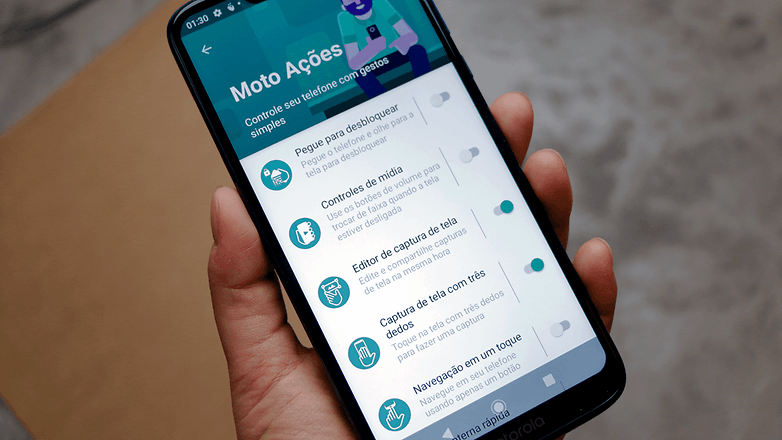
Camera
One could say that the camera is not the strong point of Moto G7 Power, but the work done by the device is quite satisfactory. The main sensor has 12 MP and f/2.0 lens aperture, while the front camera is 8 megapixel and has f/2.2 aperture.
The lens set does not have incremental features such as optical stabilization or laser focus, but the software is fast and has essential features. Of course, we can't give an exact diagnosis about the quality of the camera only by a first hands-on, but it's possible to say that G7 Power performs reasonably well for those who use the phone just to take selfies and simple photos for posting on social networks.
We did a basic test with the Moto G7 Power camera, and here are the shots we took:
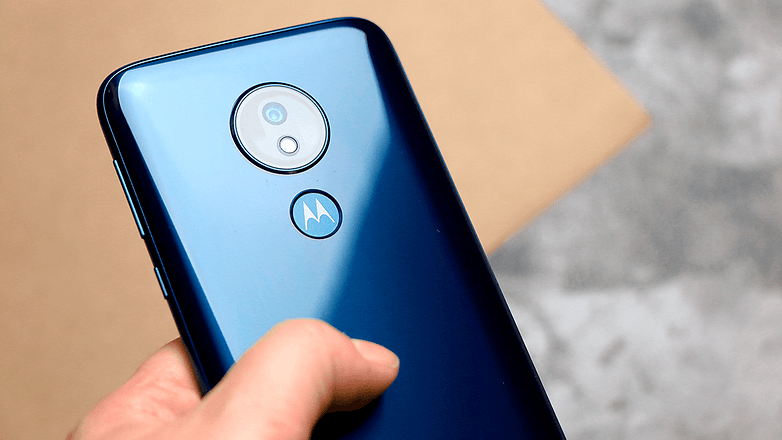
Battery
At last, we have reached the high point of Moto G7 Power: its battery. With an incredible 5,000 mAh cell, you won't many find many smartphones today that last as long as this in the wild. One can say that the G7 Power is an heir to the late Moto Maxx with regard to the proposal of the apparatus, which is to offer balanced hardware with long battery life.
Motorola claims up to 55 hours of continuous off-socket use for this thing, that's a little more than 2 days, taking into account that this estimate is made in a laboratory. However, we bet that this battery could last you two continuous days with moderate use, that is, without using much GPS, Bluetooth and video or voice calls by Wi-Fi or data.
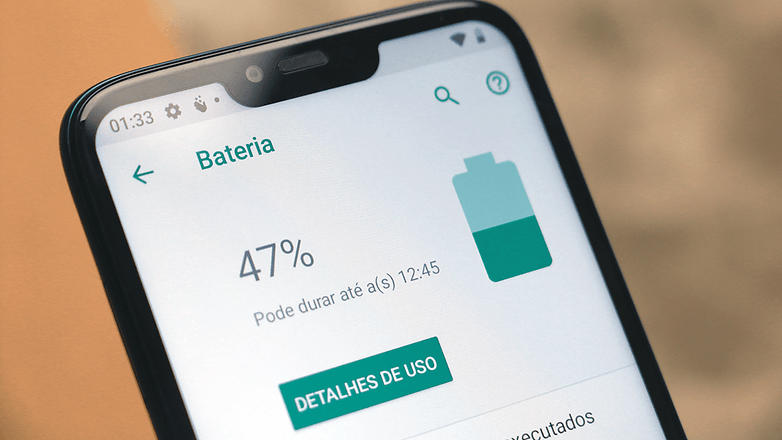
The most interesting thing about the battery of the device is the 15W TurboPower charging, capable of fully charging the device in a short time. In our time for this hands on, we left an extensive video playing on G7 Power, with 50% brightness and the sound on half for 4 hours, and every hour an average of 3% of the battery was consumed. A great number for videos.
Fortunately, Motorola has put a USB-C port on the model to facilitate connection and make data and power transfer faster. Oh, and it doesn't hurt to remember that the quick charger comes in the product box, and you don't have to buy it separately (Apple, take note!).
Early verdict
Battery. This should be the main reason why an average user would want to buy Moto G7 Power. Motorola knows this and wants to make it clear to the consumer. The other aspects of the hardware are available in the Moto G7, which offers a better finish and other increments, although the price is a little higher.
Digital TV is another unique feature that combines with a smartphone that has good battery life, since you can do a little of everything throughout the day and there will still be plenty of charge to watch TV shows, read newspapers, do drawings. Once again, I say that this is a device centered on those who consume a lot of media and need a big screen and a large battery.
The Moto G7 Power is Motorola's response to users who have been calling for more battery life for years.
Of course, the launch price is not inviting, but with offers and market readjustments in the coming months, everything will be better, we always know that. The Moto G7 Power delivers a system simpler than its competitors, such as the Galaxy J series from Samsung, and is more for a rival of Zenfone Max Pro M1, which also has almost stock Android software, similar specifications and battery with good capacity.
The Motorola One, on the other hand, wins on software, but is behind in terms of its processor and in the performance of the cameras, something the G7 Power does a little better. In any case, being an heir to the first generation of Moto G Play (which came with larger battery) or the Moto Maxx, the G7 Power is a welcome launch on the market, and could be the most popular Motorola device this year.
How about you, what did you think of Moto G7 Power?
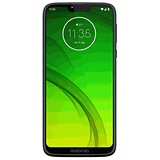














Did I want the G7 Plus variant Statewide? Absolutely! I got a G7 Power and I'm alright with that (a bummer that the Motorola E6 wasn't given a similar model).
No US release for the g7plus. What a joke. And using these lesser processers the 632 & 636, yikes. What about the 660 or 710. Screw you Lenovo, your takeover of Motorola sucks, plain & simple. Much better phones in this price range, Nokia, Huawei, Oppo, show-me, Vivo all better with better processers & ram! Same old design!